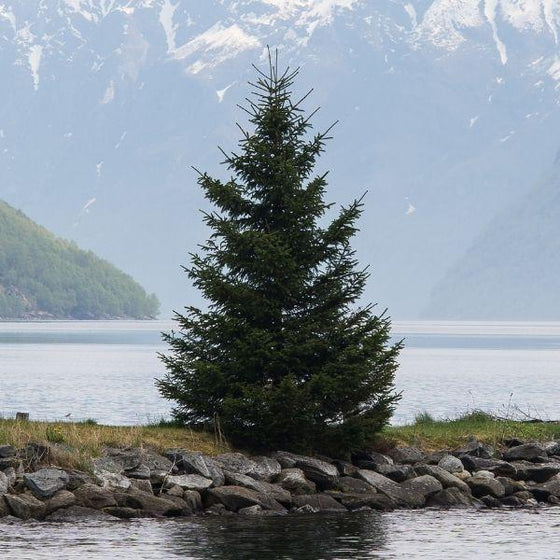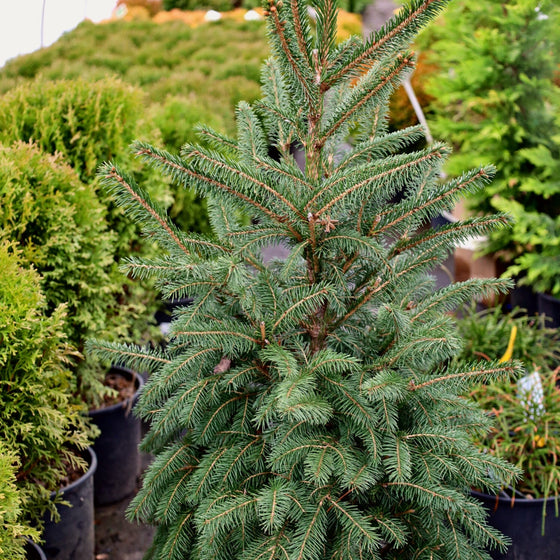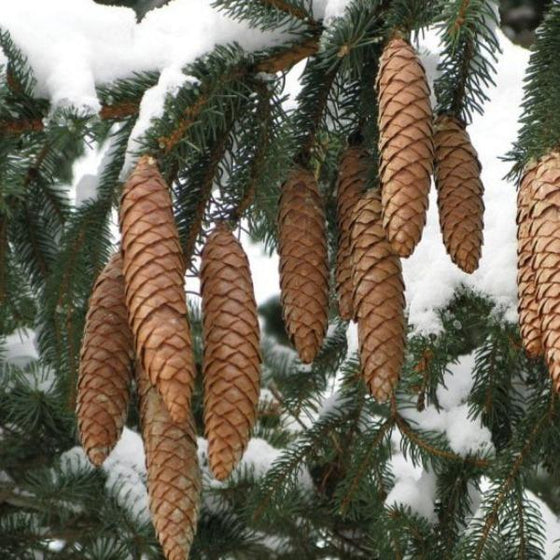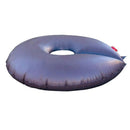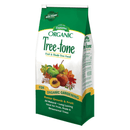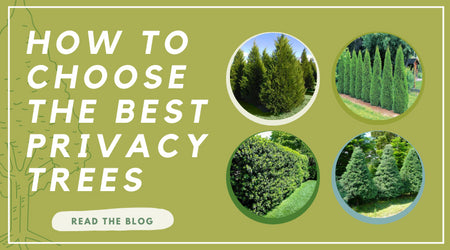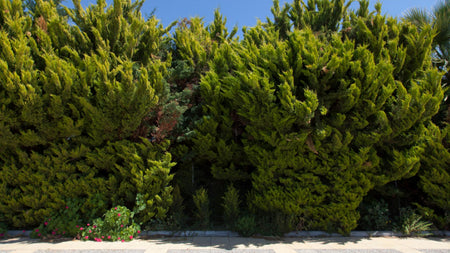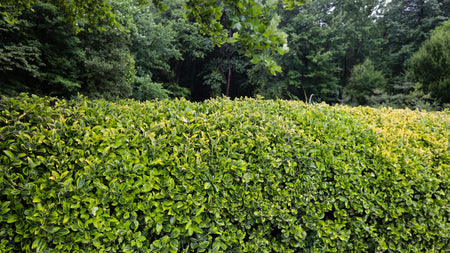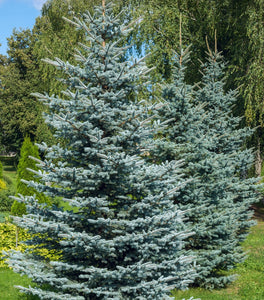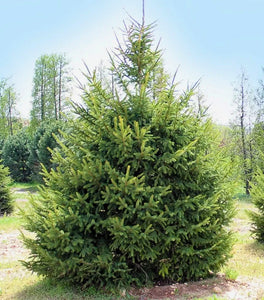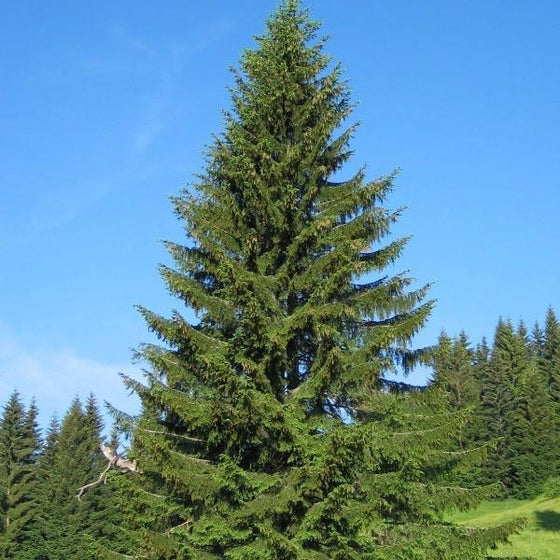
Images Depict Mature Plants
Norway Spruce – Fast-Growing Evergreen Tree for Privacy, Windbreaks & Year-Round Color
The evergreen classic that defines strength and beauty.
The Norway Spruce (Picea abies) is one of the most popular evergreens for landscapes across America. Known for its fast growth, dense branching, and deep green needles, this tree brings timeless beauty and year-round color to your property. Its strong pyramidal form and full foliage make it ideal for privacy hedges, windbreaks, or as a majestic specimen tree that anchors large landscapes.
Built for endurance and rapid growth.
Norway Spruce trees are prized for being one of the fastest-growing spruce species, adding up to 2–3 feet of growth per year once established. They form a sturdy trunk and gracefully layered branches that resist wind, ice, and snow. Their adaptability to cold climates—USDA Zones 3–7—makes them a favorite in the northern and mountain regions where other trees struggle.
Low-maintenance and cold-hardy.
Once planted, the Norway Spruce requires little care. It thrives in full sun and well-drained soil, tolerating cold, drought, and pollution with ease. Its deep root system provides exceptional stability, making it a trusted choice for windbreaks and erosion control. This is truly a tree that thrives where resilience matters most.
A landscape investment that lasts generations.
Living for over 100 years, the Norway Spruce is both a practical and long-term addition to your property. Whether you’re designing a natural privacy barrier, a shaded retreat, or a traditional evergreen backdrop, this tree delivers unmatched reliability, beauty, and performance.
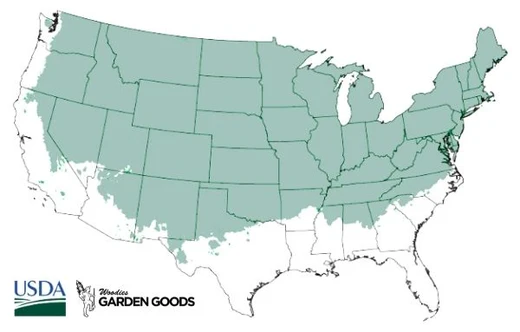
| Hardiness Zone: | 3-7 |
|---|---|
| Mature Height: | 50 - 65 Feet |
| Mature Width: | 20 to 30 Feet |
| Classification: | Evergreen conifer |
| Sunlight: | Full sun to partial sun |
| Habit: | Densely branched, cone shaped, fast growing |
| Foliage: | Green |
| Flower Color: | Inconspicuous pink |
| Pruning Season: | Prune in spring to maintain shape |
| Soil Condition: | Any well drained soil |
| Water Requirements: | Water well until established |
| Uses: | Extremely attractive when used as in the mixed border, foundations, or planted in mass; windbreak or large scale privacy screens |
How to Care for Norway Spruce
Before you buy a Norway Spruce Tree, make sure to read about the recommended care instructions to keep this plant healthy and thriving.
How do I plant a Norway Spruce tree?
Choose a location with full sun exposure and well-drained soil. Dig a hole twice as wide as the root ball but only as deep. Place the tree so the top of the root ball is even with the soil line, backfill halfway, water thoroughly, then finish filling and water again. Add a 2–3 inch layer of mulch around the base to maintain soil moisture and regulate temperature, but keep mulch a few inches away from the trunk to prevent rot.
How often should I water a Norway Spruce?
Water weekly during the first year after planting to help establish roots. Once mature, Norway Spruce trees are extremely drought-tolerant and need minimal watering except during prolonged dry periods. It’s best to water deeply and infrequently—moistening the soil down to the root zone encourages stronger growth and deeper root systems.
When should I fertilize a Norway Spruce?
Fertilize in early spring using a slow-release evergreen fertilizer such as a 10-8-6 or similar balanced formula. Spread the fertilizer evenly around the root zone and water thoroughly afterward. Avoid over-fertilizing or applying fertilizer late in the season, which can encourage tender new growth vulnerable to frost damage.

Does Norway Spruce need pruning?
Pruning is rarely needed thanks to its naturally symmetrical shape. If desired, prune in late winter or early spring before new growth emerges. Remove any broken, dead, or diseased branches to maintain health and shape. Avoid cutting into old wood, as new growth will not regenerate from bare stems.

